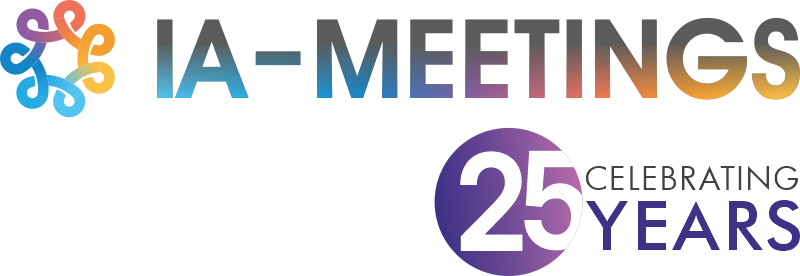In today’s world, it’s crucial to promote inclusivity in conferences. It creates a welcoming environment where everyone can contribute meaningfully, regardless of their differences. This involves making efforts to promote diversity among speakers and attendees, providing accessibility accommodations, and being culturally sensitive. By prioritizing inclusivity, conferences can empower individuals and can bring positive societal change.
Diversity in Speakers and Attendees:
The importance of diversity in speakers and attendees cannot be overstated in the context of a comprehensive conference experience. Exposure to a wide array of speakers from diverse backgrounds not only introduces participants to varied perspectives, ideas, and expertise but also enriches discussions, stimulates innovation, and encourages critical examination of established norms.
To promote diversity it is recommended to strive for a diverse lineup of speakers that effectively represent different genders, races, ages, abilities, and backgrounds. This approach ensures that the event or initiative is inclusive and provides a platform for a broad range of voices to be heard and valued.
To foster a culture of diversity and inclusivity within our community, we must take proactive measures to engage with individuals from underrepresented groups. Encouraging their participation as speakers and attendees in events and activities can go a long way in creating an environment that is welcoming, respectful, and conducive to learning. As such, it behoves us to actively seek out such individuals and make concerted efforts to invite them to participate in our events.
It is important to ensure that the content we produce resonates with a diverse audience and addresses a wide range of interests and challenges. By doing so, we can better engage with our target audience and provide valuable insights that will help them overcome any obstacles they may face.
Accessibility Accommodations:
To ensure an inclusive and accommodating conference, it is essential to consider accessibility measures beyond the physical space, such as digital materials and communication methods. This approach will allow all participants, including those with disabilities, to fully engage with the content and activities presented. It is imperative to provide these accommodations as part of the event planning process to ensure equal access to all attendees. By offering accessibility measures, you can demonstrate your commitment to creating an inclusive and professional environment.
When selecting a venue, it is important to ensure that it is wheelchair accessible and equipped with amenities such as ramps, elevators, and accessible restrooms. Doing so not only demonstrates our commitment to accessibility and inclusivity but also ensures that all attendees, regardless of their physical abilities, can fully participate in the event.
It is imperative to ensure that all digital content, including websites, presentations, and materials, adheres to accessibility standards. This includes complying with screen reader compatibility, captioning, and providing alternative formats to accommodate users with disabilities such as audio descriptions. Failing to comply with these standards may exclude or hinder disabled users from accessing digital content. Therefore, it is critical to prioritize accessibility when creating digital content to reach a wider audience.
It is essential to extend the provision of sign language interpreters, captioning services, and assistive listening devices to attendees with hearing impairments. Employ the use of simple, lucid language to ensure the comprehensibility of the information shared among all participants.
Cultural Sensitivity:
The concept of cultural sensitivity encompasses the creation of an inclusive environment that recognizes and respects the diverse cultural backgrounds, traditions, and beliefs of conference attendees. Achieving cultural sensitivity necessitates the development of an atmosphere where each participant feels valued, and their cultural identity is acknowledged. In essence, it is about cultivating a climate that honours and celebrates diversity while fostering a sense of community among attendees.
For cultural sensitivity it is important to promote an inclusive and respectful environment, it is crucial to use language that is considerate of diverse cultures, genders, and identities. It is important to refrain from making assumptions or utilizing stereotypes when communicating in a professional setting.
To foster a culture of understanding and respect among staff and volunteers, it is recommended to offer cultural awareness training. This type of training can help to promote better interactions among individuals from diverse backgrounds and help to create a more inclusive environment.
Celebrating Diversity:
To enhance the experience of the conference attendees, it would be beneficial to incorporate cultural celebrations, food, and activities that showcase the diversity of cultures represented. This would not only add value to the event but also demonstrate our commitment to inclusivity and respect for all attendees.
Organizing an inclusive and accessible conference requires planning, collaboration, and a commitment to diversity, accessibility, and cultural sensitivity. By prioritizing these elements, conferences can become transformative spaces for all participants. Creating an environment that fosters creativity, and meaningful connections, and accommodates individuals with disabilities is crucial. By doing so, organizers can guarantee that every participant can enjoy a fulfilling experience.
